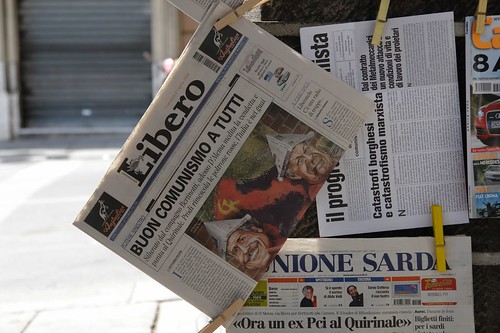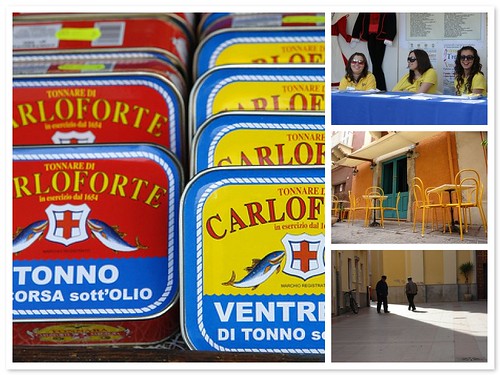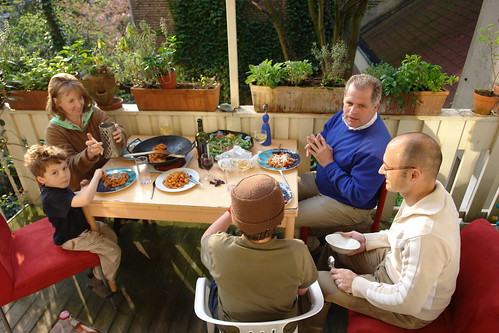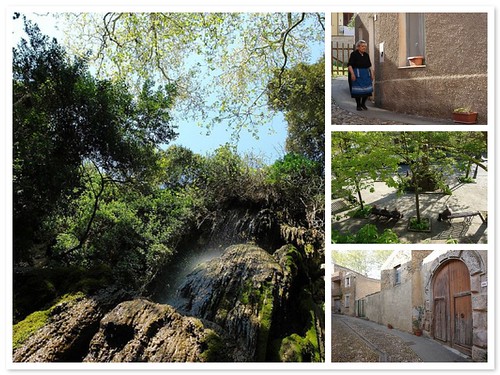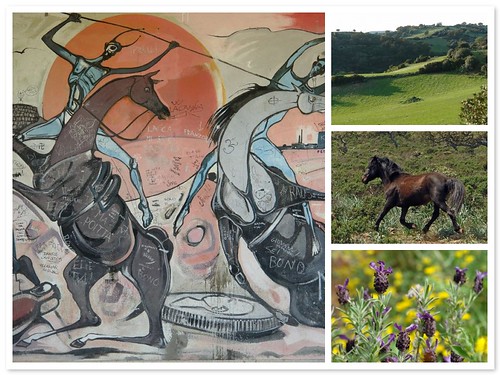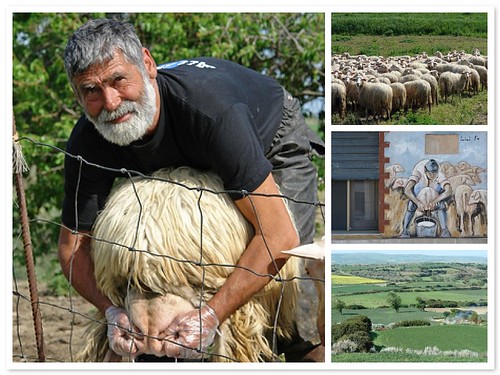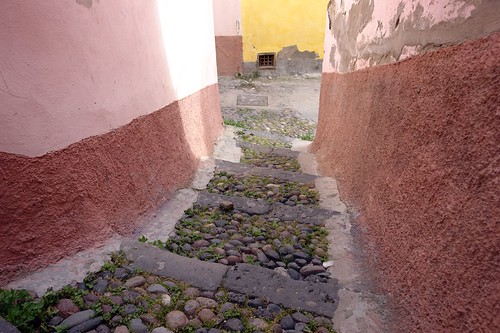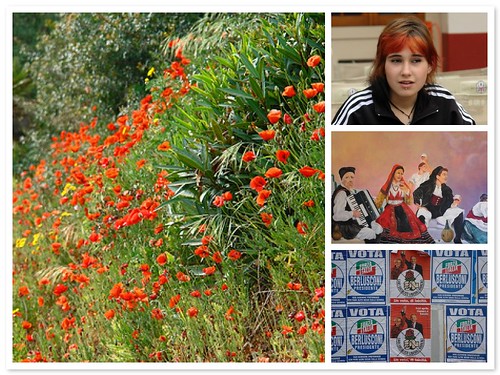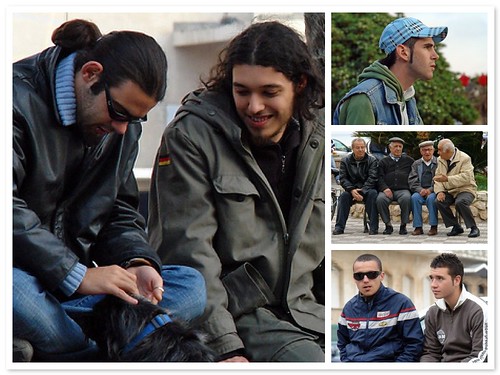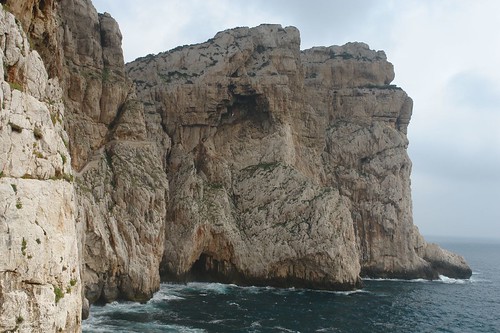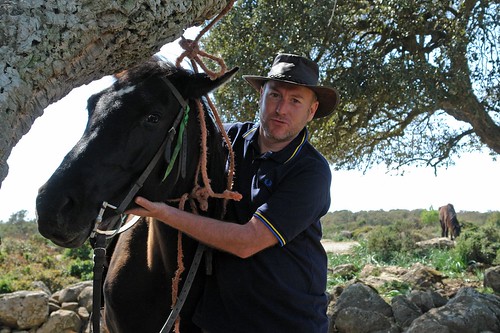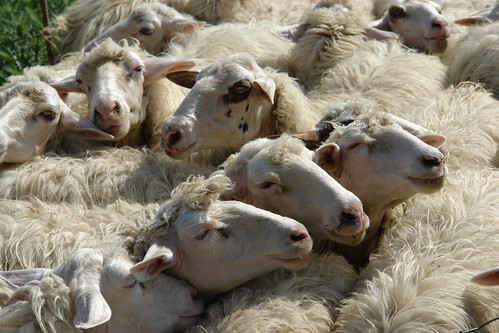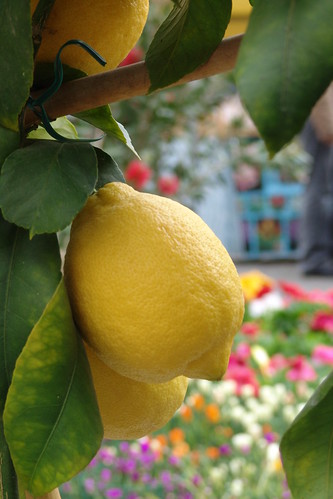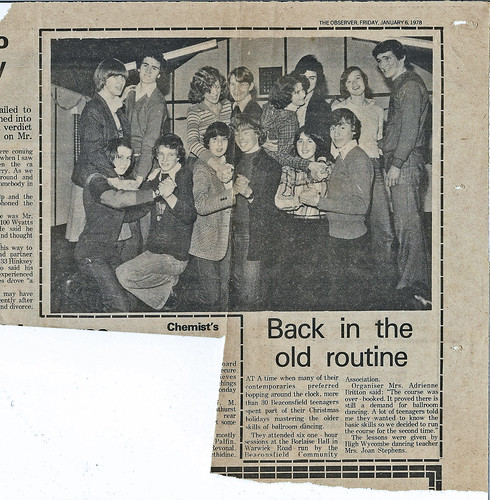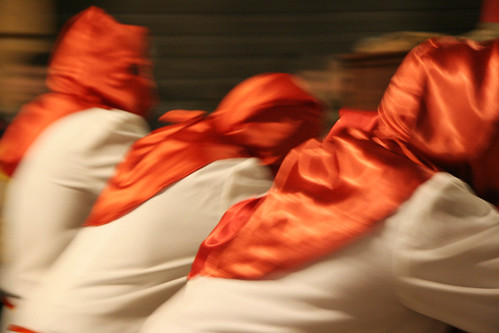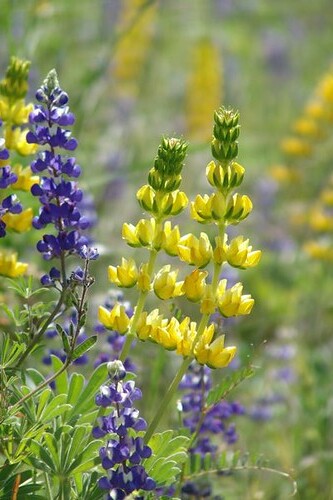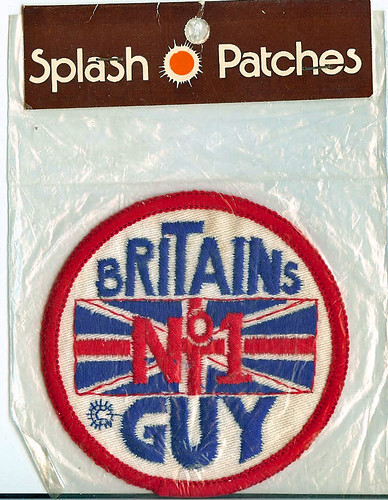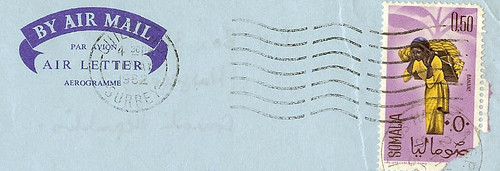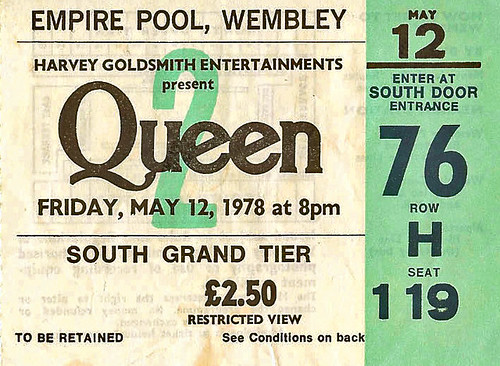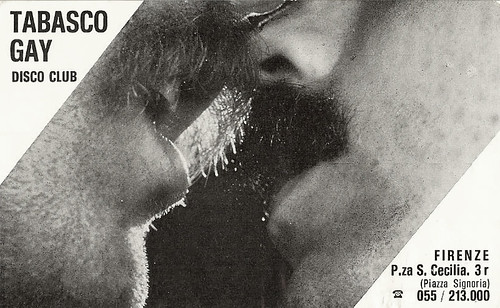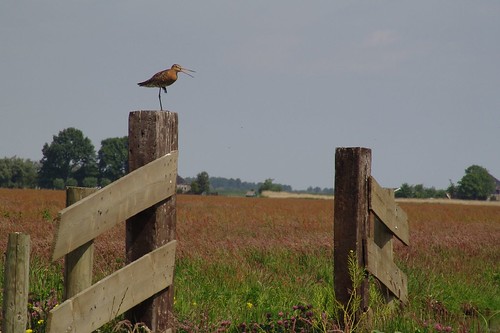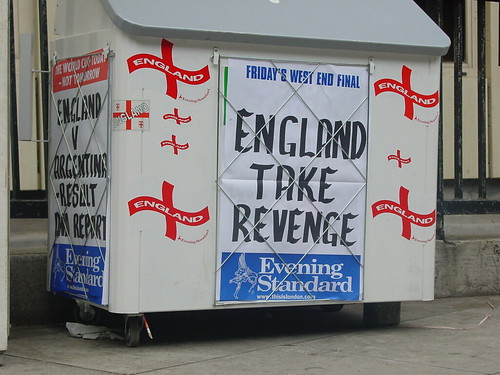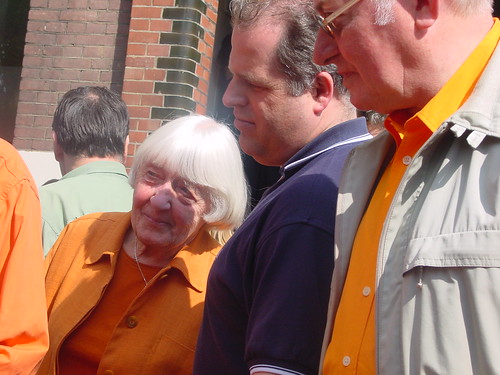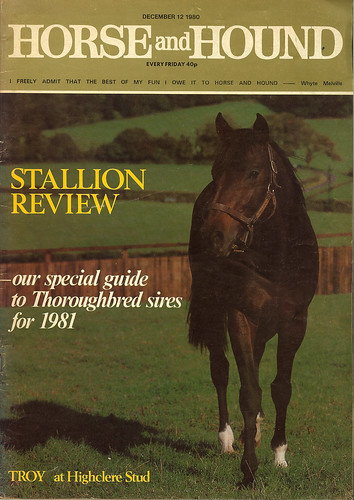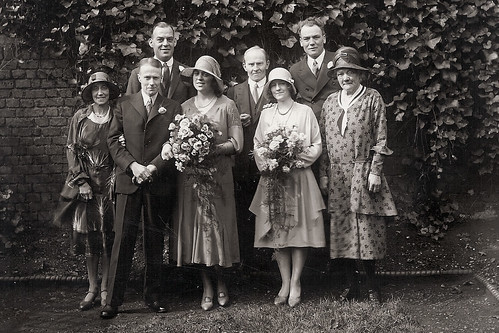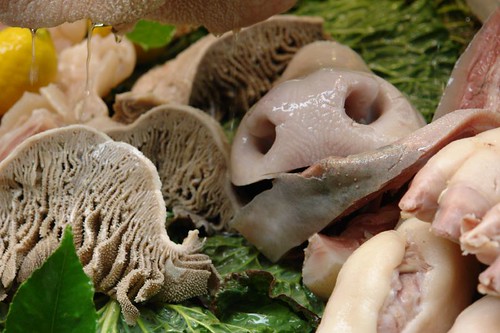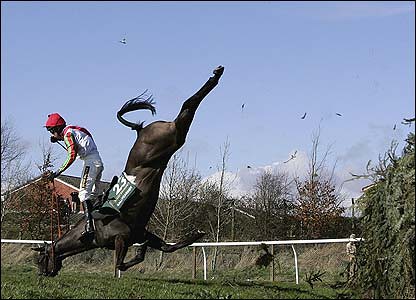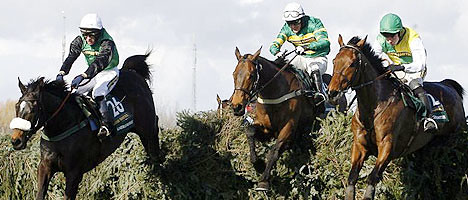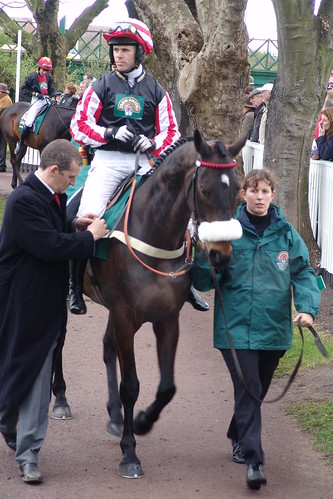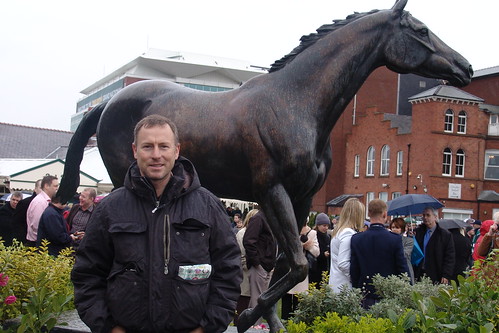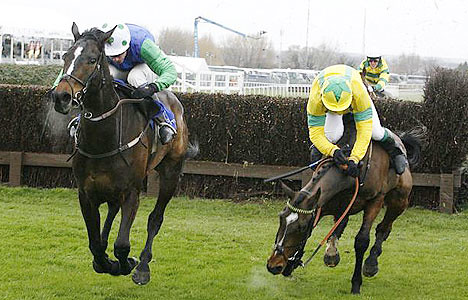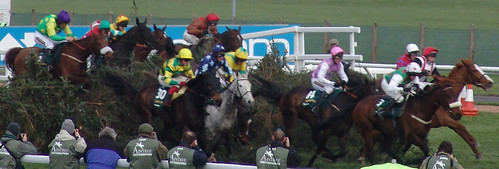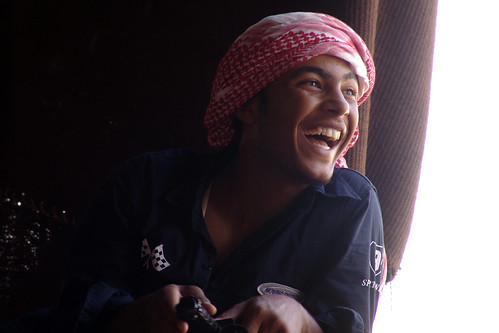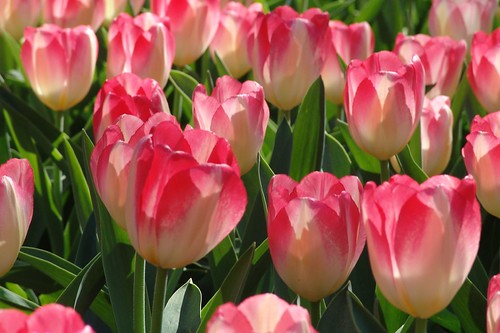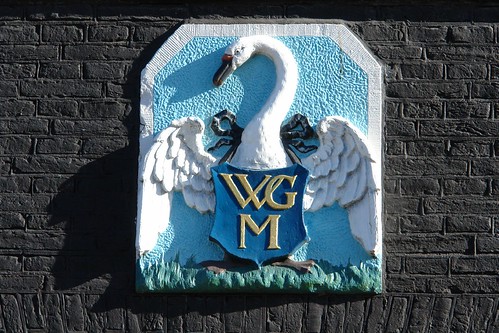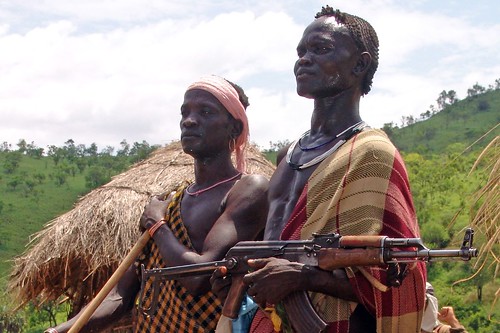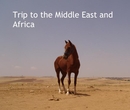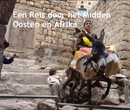It doesn't make sense
And I really do not get it with the Christians? When their God-man talks about love and also talks about those being without sin being those who can cast the first stone? Why is it, that they use their cross as a badge of pride in their unnatural hatred of fellow men?
I am thinking about homosexuality. Jesus never mentioned anything bad against homosexuals. Back in Leviticus,a book of the older Jewish religion,it said that homosexuals ought to be killed and that if they are killed it is their fault for being homosexual, but this is a long long way from anything which Jesus was supposed to say or think.
Yet, we have the Church of Rome, and no doubt many strange fundamentalist sects actively encouraging people to look on homosexuality as something bad, as a sin. So much so that many parents under the influence cannot accept their sons or daughters and their chosen loved ones. How very very sad. It is this religion, a force so strong, it seems, which can come between their NATURAL love for their child and kill it.
Irrational.
Unnatural.
Shameful.
We have a four year old visiting at the moment. He saw a photo of the two men, with their arms around each other, and another of them kissing. He pointed them out to his mother with a funny laugh on his face. His mother smiled back. No big deal. Easy for a four year old to understand, two people being affectionate to each other. Its what he knows.
Try to tell him about a god who is one and also three, a father, a son and a holy ghost, and a god-man who dies a bloody death on the cross and comes back alive again two days later and sticks around awhile before disappearing again,and I think he will have a far harder task to work this out and accept it.
In the meantime, it was Queen's Day. Cold but sunny and mostly dry. Not so orange. Saw lots of people we knew. Had a drink or two. James and I went into town for some (good) live English rock music. The road outside is a mess, but it'll be cleaned later.
Lekker belangrijk, as we say here.
Futher,it should be told that the magpies came back in the morning and raided the nest,killing the young blackbirds and destroying their nest. There is an eerie silence outside. The balcony which had ben fullof life and filled with the promise of new life to come is deserted, empty, quiet. Sad.

